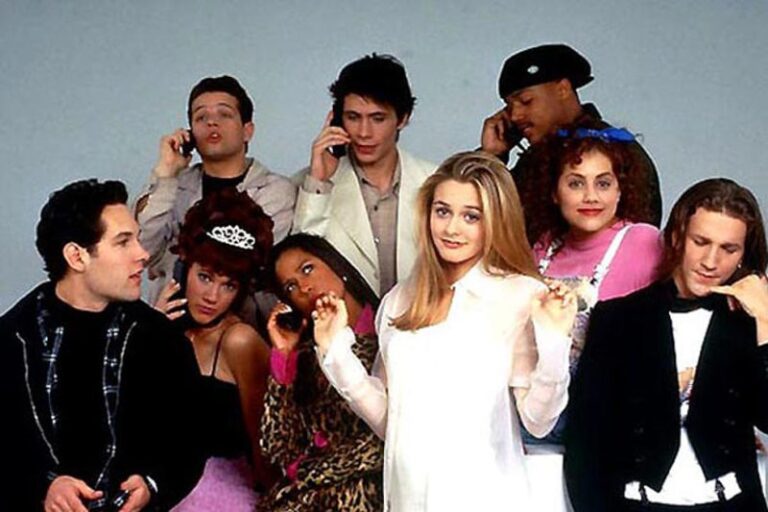Attachment Styles in Romance: How They Affect Love
Our attachment styles create expectations for how we experience romantic relationships. Attachment patterns established in early life continue into adulthood and help mold how we offer and receive love. Understanding where your attachment style falls, secure or insecure, proves quite illuminating regarding your relationship dynamics. The following article discusses the four main attachment styles and how they affect the way one loves.
Types of Attachment Styles

The four attachment styles are secure, anxious, avoidant, and fearful-avoidant. These attachment patterns reflect how we connect with others and how we manage emotional connections. Knowing your attachment style may make all the difference in solving the puzzle of relationships and building better and healthier emotional relationships.
Secure Attachment Style
Those with a secure attachment style show confidence in their relationships. They are trusting and emotionally intimate. In love, they can communicate openly, work through conflicts constructively, and support each other. Their ability to balance independence with closeness leads to stable, long-lasting relationships.
Secure attachment security provides an individual with the security of knowing their emotions and needs can be expressed openly without abandonment. This attachment security encourages deep emotional closeness and allows partners to grow together. It makes resolving disagreements easier and staying connected in life’s challenges.
Anxious Attachment Style
A person with an anxious attachment style brings insecurity to the relationship, desperately seeking reassurance from their partner. These individuals may fear abandonment and feel overdependent upon their partner’s approval. At times, anxious attachment style is depicted in love through clinging or emotional overinvestment, giving a relationship its one-sided feel.
In romantic relationships, anxious people do not trust and create emotional reactions when perceived offenses occur. This attachment style can give one the feeling of instability or even the intensity of a relationship because the fear of rejection will govern one’s emotions. If unregulated, the result is an unhealthy, codependent development.
Avoidant Attachment Style
Avoidant attachment involves discomfort with emotional intimacy and a strong desire for independence. Individuals with this attachment style tend to distance themselves emotionally from relationships. They fear being taken advantage of or putting themselves in a vulnerable position, as well as their dependence on others. When it comes to love, they avoid deep emotional conversations or push away their partner at moments of closeness.
This attachment style is also often related to partners’ feelings of emotional neglect because an avoidant individual finds it difficult to satisfy their partner’s emotional needs. Even though these people love independence, this also makes their romantic relationships shallow or distant due to a lack of intimacy. Interestingly, research has found that North Dakota is one of the highest states in terms of anxiety and avoidant, meaning they are more likely to have those problematic attachment styles.
Fearful-Avoidant
The fearful-avoidant attachment style combines anxious and avoidant qualities. People with such an attachment have a tremendous desire for emotional closeness and are afraid of getting hurt. They push themselves toward love while pushing it away. In relationships, intense emotions often overwhelm them, experiencing both highs and lows intensely.
This fearful-avoidant attachment style leads to confusing love affairs in which one continuously moves between attempts at getting closer and retreats from the partner. Generally, this kind of behavior stems from fears, either of rejection problems or past traumas, which make it hard to establish stable, loving relationships without the prerequisite processing of such issues.
Codependency and Attachment Styles
Anxious, avoidant, and fearful-avoidant attachment styles may manifest through codependency within relationships. In codependent relationships, one partner becomes overly dependent on the other for emotional satisfaction. Anxiously attached individuals might cling to their partner by constantly seeking validation, while avoidantly attached people might depend on an emotional distance that creates an imbalance.
The first step in addressing codependency is to recognize an attachment style. Recognizing emotional patterns helps couples establish boundaries which will help them break free from such vicious cycles and work toward a more balanced and fulfilling relationship.
Breaking the Codependency Cycle
Overcoming codependency involves emotional independence and resolving attachment-based insecurities. It also includes learning to set boundaries, communicate better, and work toward self-improvement. Therapy or counseling recognizes unhealthy patterns, which can help build strategies for a more balanced relationship.
Ultimately, love thrives when the individuals in the relationship feel safe, supported, and worthy. If couples learn to understand each other’s attachment styles, they can confidently build their relationship on the bedrock of a lifelong union.
Final Thoughts
Attachment styles strongly determine the way we approach love and relationships. Insecurity, anxiety, avoidance, and fearful avoidance are some of the patterns that dictate how we relate emotionally and thus connect with others. Understanding attachment-based insecurities and striving for emotional independence may help couples shake off codependency and build healthier, stronger bonds.
For More Great Content
Craving top-tier content that covers it all? From electrifying sports highlights and insider entertainment news to expert gaming tips and sharp betting advice, we’ve got you covered. Dive into our curated articles to stay ahead of the game with the latest sports action, uncover the hottest trends in entertainment, and get the lowdown on gaming strategies that could level up your play. Plus, our betting advice will sharpen your edge and boost your chances of winning big.
Whether you’re looking to stay updated or gain a competitive edge, our content is your go-to source for all things exciting and relevant. Don’t miss out—explore now and power up your knowledge! Follow us on Twitter/X @TotalApexSports, to stay informed.






